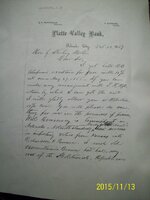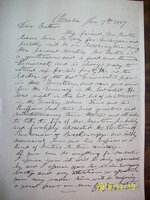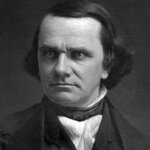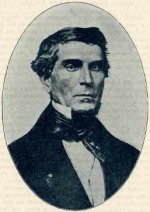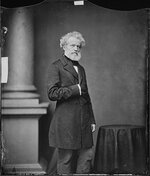Hillbilly Joe
Sr. Member
That is a good question, and I cant say I know the answer to it, but I know if they did, well, you re write some history huh? If you could find that letter, that said this was a goal, then it would still be felt, to this day. Brown had some very powerful allies, and the rush to get to Kansas by the New Englanders, and the boys from the South, was crazy. They battled well before the war, and I have no doubt that it played a major role in Browns wild ideas and thoughts, I really think some of the things he saw and experienced fueled his crazy!




